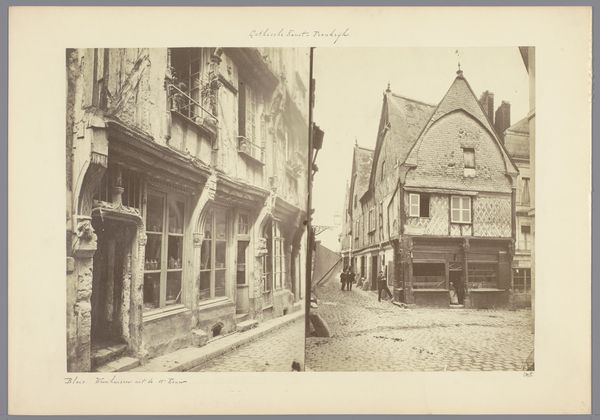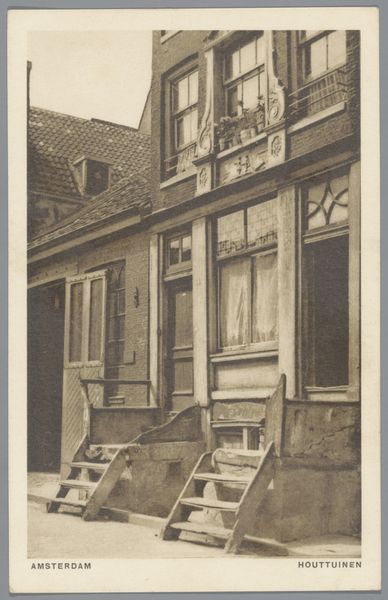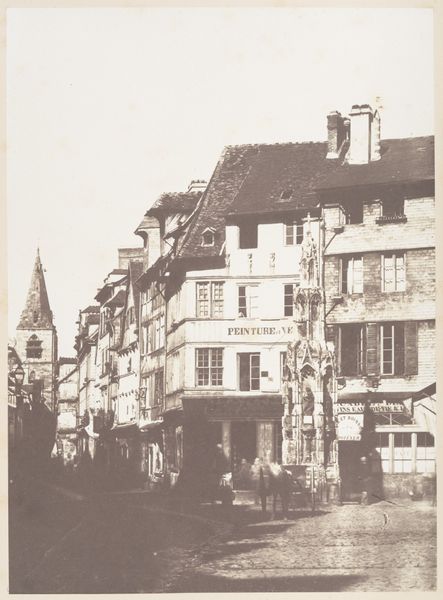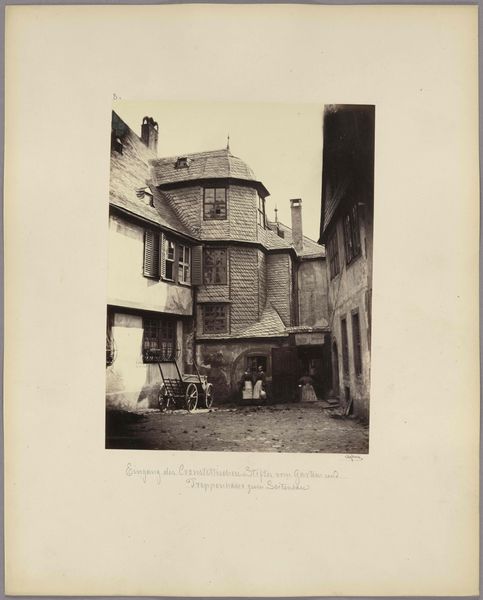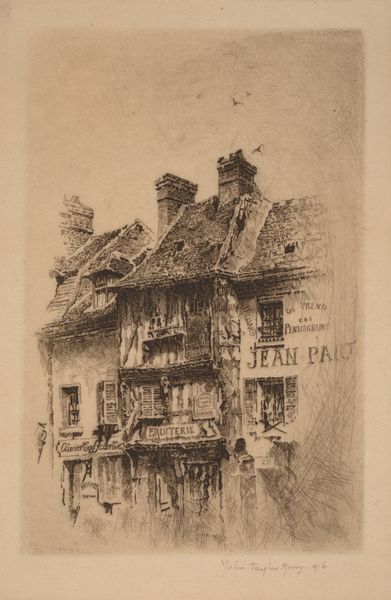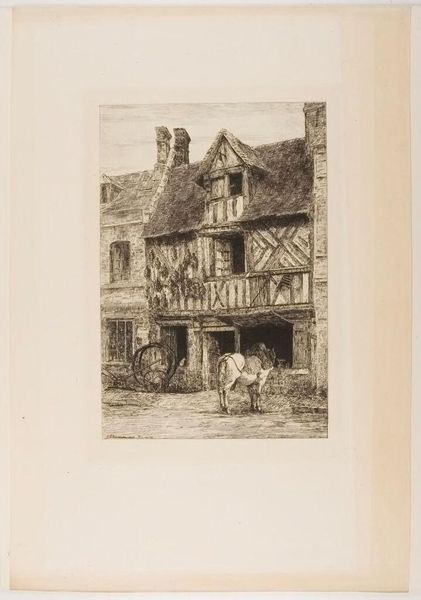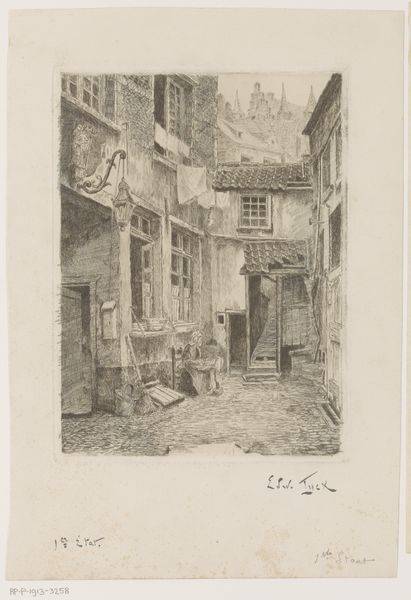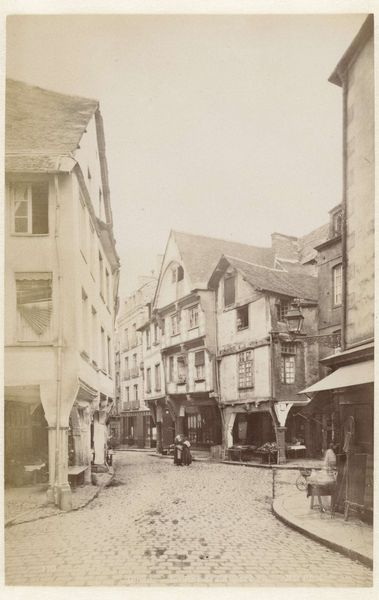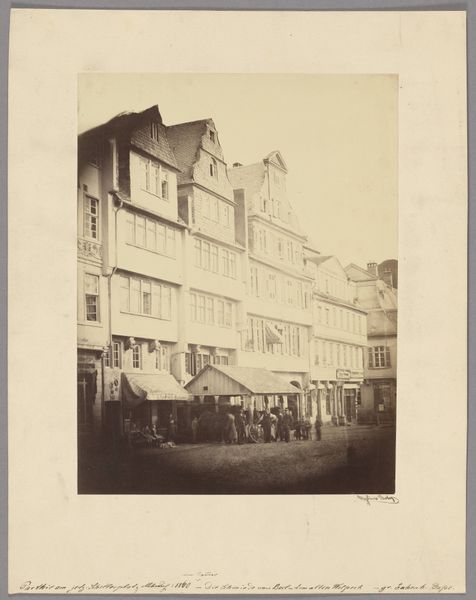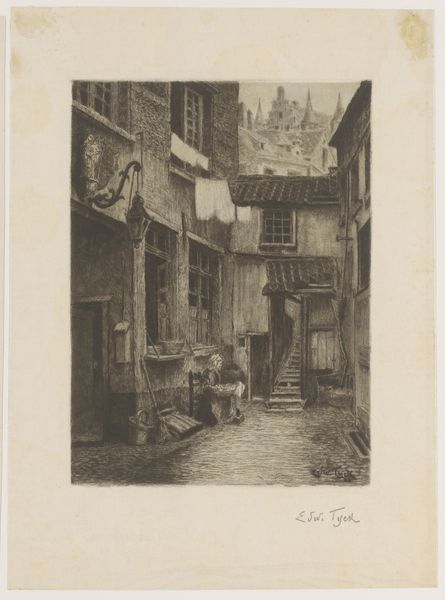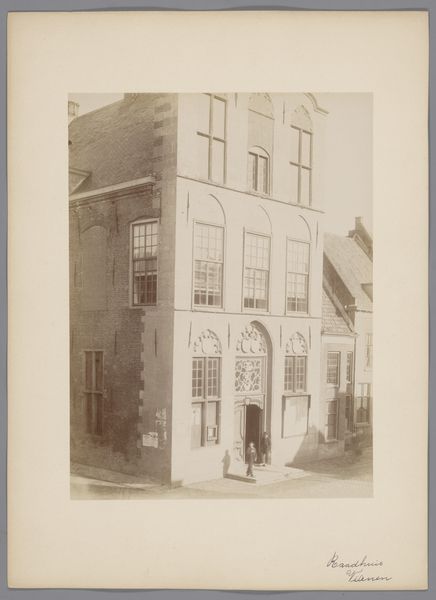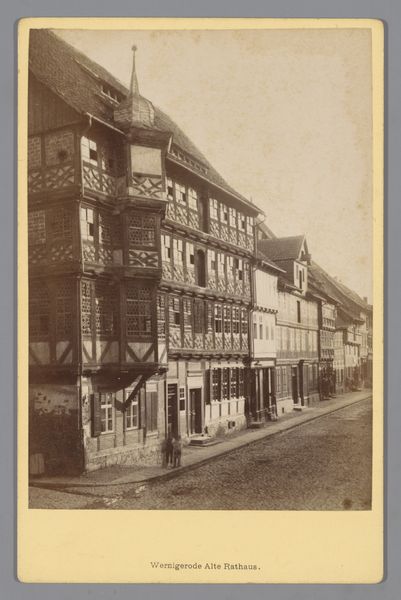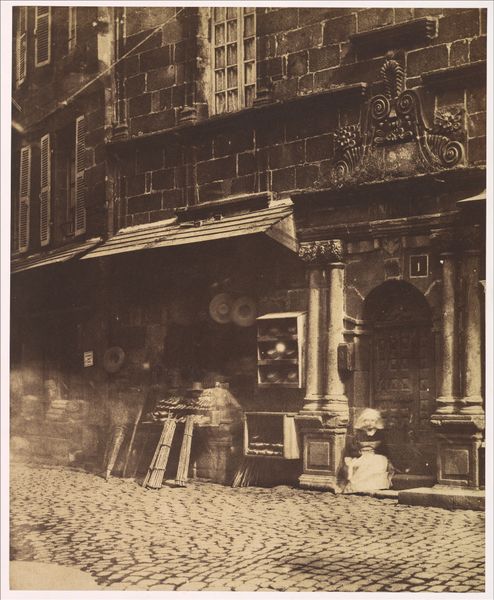
print, paper, photography, gelatin-silver-print, architecture
#
pictorialism
# print
#
landscape
#
paper
#
photography
#
historical photography
#
gelatin-silver-print
#
cityscape
#
architecture
Copyright: Public Domain
Curator: Here we have Frédéric Boissonnas’s photograph, "Hippone (Algeria)_ Sunset at the Seybouse," captured sometime between 1910 and 1920. It's a gelatin silver print. What strikes you most when you look at it? Editor: Its melancholic mood. The tones are warm, sepia-tinged, like a faded memory, but they render such solid architecture; that juxtaposition creates a very palpable tension. It’s almost as though the architecture itself is weighed down by its history. Curator: It really invites you in. Boissonnas was a master of pictorialism, using photographic techniques to achieve effects similar to painting. It makes the scene feel less like a document and more like a story unfolding. Editor: And what a story those buildings tell. I see echoes of colonial power structures, of cultural exchange and perhaps exploitation embedded in those brick and timber frames. Where do the people, particularly the colonized, fit into this constructed landscape? Curator: Boissonnas comes from a wealthy Swiss family of photographers and travellers, so these exotic landscapes are filtered through a very specific lens—both literally and figuratively! Do you think that shapes his perspective? Editor: Undeniably. This is a Western gaze documenting, and in a way, claiming a space already inhabited and rich with history. The "sunset" in the title evokes both beauty and closure—a potential metaphor for the colonial project itself. Curator: That's a powerful point. Yet, the architectural detail is amazing; he really captures the uniqueness of the architecture of this region. He clearly intended this as something beautiful. Is that naivety a problem for you? Editor: Beauty and naivety aren’t mutually exclusive. We must challenge those aesthetic choices and their underlying assumptions. Whose beauty are we seeing and at what cost? By critically examining these photographs, we uncover hidden stories and power dynamics that need acknowledgment. Curator: So, in a way, what appears like a simple landscape photograph becomes a point of departure. Editor: Exactly. It urges us to question not only the image but also the world it represents and the lens through which we perceive it. Curator: I think that it challenges us to see photography beyond a moment, beyond a mere aesthetic moment, into a critical dialogue about identity and perspective. Editor: Precisely, to approach this photograph and others like it with intention, always asking ourselves, whose stories are amplified, and whose are obscured?
Comments
No comments
Be the first to comment and join the conversation on the ultimate creative platform.
